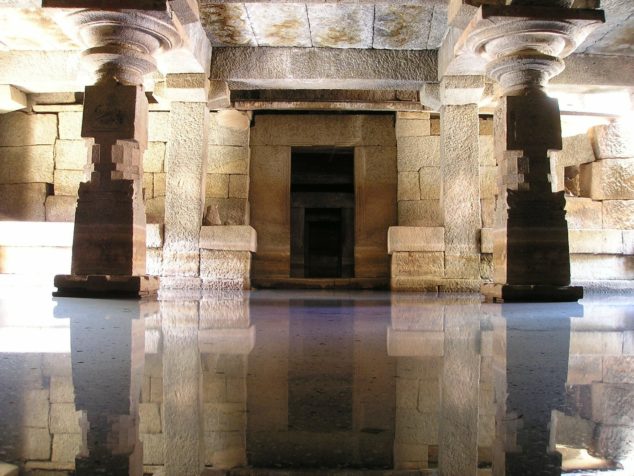 Piranesi: A Book For the Dreamers
Piranesi: A Book For the Dreamers
Author: Susanna Clarke
It does not matter that you do not understand the reason. You are the Beloved Child of the House. Be comforted.
Piranesi lives outside of time in a ruined house where the sea roars through the lower levels and the dangerous tides drown galleries and creep up stairs. In this house there are few windows but infinite statues and hall after hall to explore. Some halls are crusted in barnacles while others are tumbled ruins with gaping holes leading to the drowned levels where the fish swim and the beautiful flowering weeds float. Some halls have statues that reach into the clouds; other halls are swarmed by nesting birds. Each statue is different, each hall its own, unique place. And here for it all is Piranesi, Beloved Child of the House.
Piranesi spends his days catching fish, drying seaweed, charting the tides, and exploring his beautiful realm. He also tends to the dead: thirteen assorted skeletons that he protects. There are two other live denizens of his halls, the elusive and dissatisfied Other and the Other’s enemy.
Unlike the ragged but content Piranesi, the Other is always seeking The Great and Secret Knowledge, something he believes lies within the House itself; Piranesi will seek it for him among the empty halls, report back during their daily meetings, and wonder at the Other’s suits, his occasional strange gifts, and where the man resides, in what hall, outside of their weekly meeting time.
There was a time before the House – his journals point to it – but Piranesi cannot remember it, and he hardly cares. He is the Child of the House and the House is good. However, when the Other’s enemy arrives, everything changes. The enemy will turn him, the Other says. The Other might have to kill Piranesi . . .and what happens to The Great and Secret Knowledge then?
Breathtaking, Piranesi is a story equally devoted to solitude and ambition. Surreal in its depiction, this dreaming space of a house that makes up Piranesi’s world should be lonely, yet it is an ethereal place of reflection and joy. Despite the bizarre harshness of the tides and the dangers of the House, we, along with Piranesi start to love it, wondering among the statues of Minotaurs and angels carrying beehives, seeing abandoned beauty everywhere, all for the joy of one lost man who is content with simply being.
Not so The Other. Readers know early on that this man has more awareness than the deluded Piranesi and is in some parts either controlling or creating this world. Indeed, he has named Piranesi and he seems to step out of a time and world similar to ours, only to bait and maneuver his good-willed, trapped servant. With the entry of the enemy, it all comes about, and the beauty of the tale bows to the mystery and the dark revelations of immoral ambition and Piranesi’s past. Along the way, a fairy tale is spun, cold and beautiful, lyrical and intriguing at the same time.

Image by Stefan Keller from Pixabay
Piranesi is its own sort of thing and, I suspect, only appealing to a certain subset of the audience: the dreamers, the hermits, the visionaries. Being one of those, I found that this story spoke to my soul while also evoking what can only be described as a darn-good mystery.
The conclusion is satisfying and wild, merging the mythos of the House with what proceeded it, opening doors to other worlds, both inside ourselves and the universe we inhabit. This is a story that I will come back to, and these beautiful, empty halls with the simple man, clad in bound seaweed shoes, with a happiness all his own, is a place that I will return to, again and again.
– Frances Carden
Follow my reviews on Twitter at: https://twitter.com/xombie_mistress
Follow my reviews on Facebook at: https://www.facebook.com/FrancesReviews
[AMAZONPRODUCTS asin=”1635577802″]
- Book Vs Movie: The Shining - April 6, 2020
- Thankful For Great Cozy Mysteries - December 13, 2019
- Cozy Mysteries for a Perfect Fall - October 20, 2019


